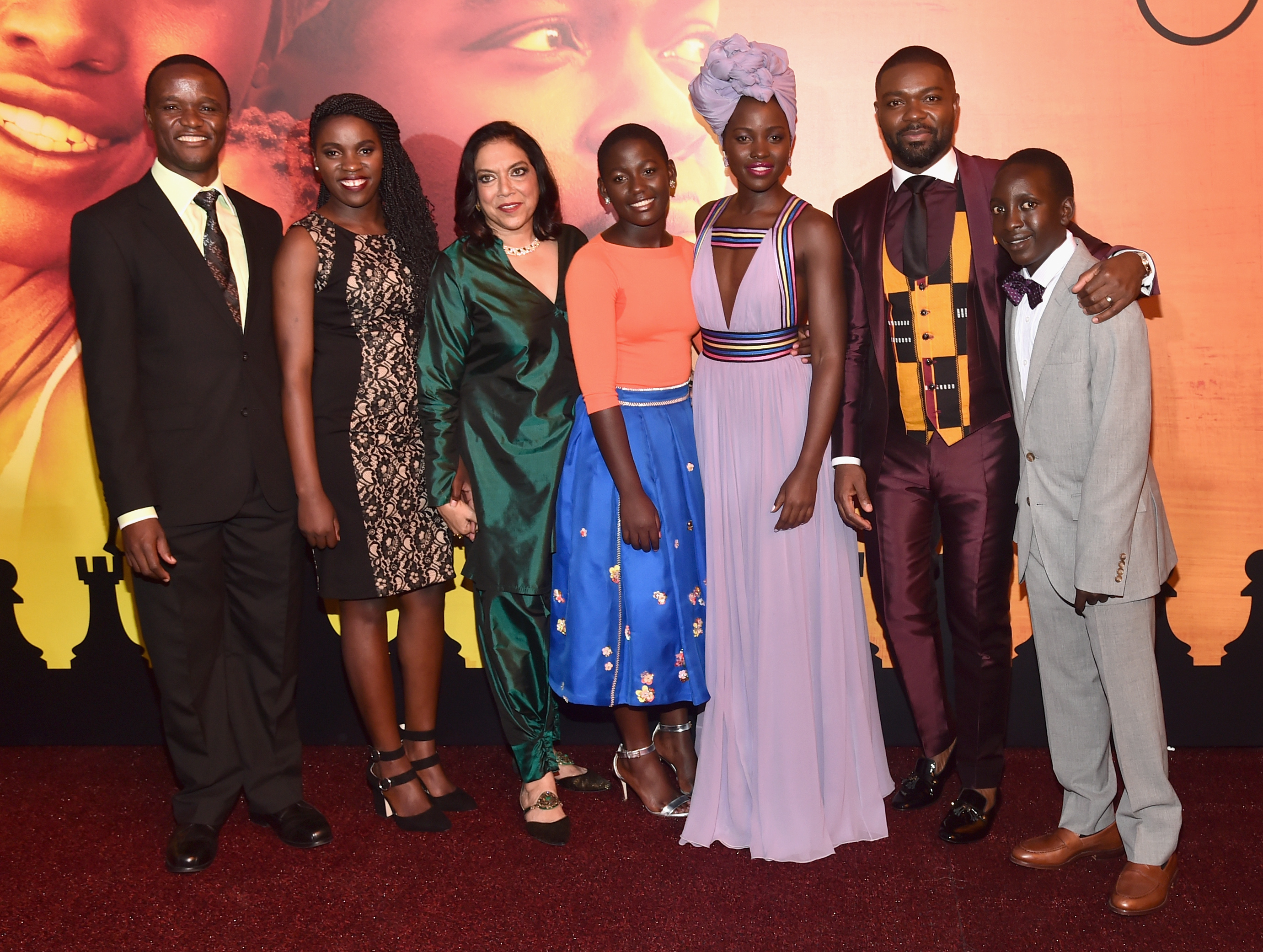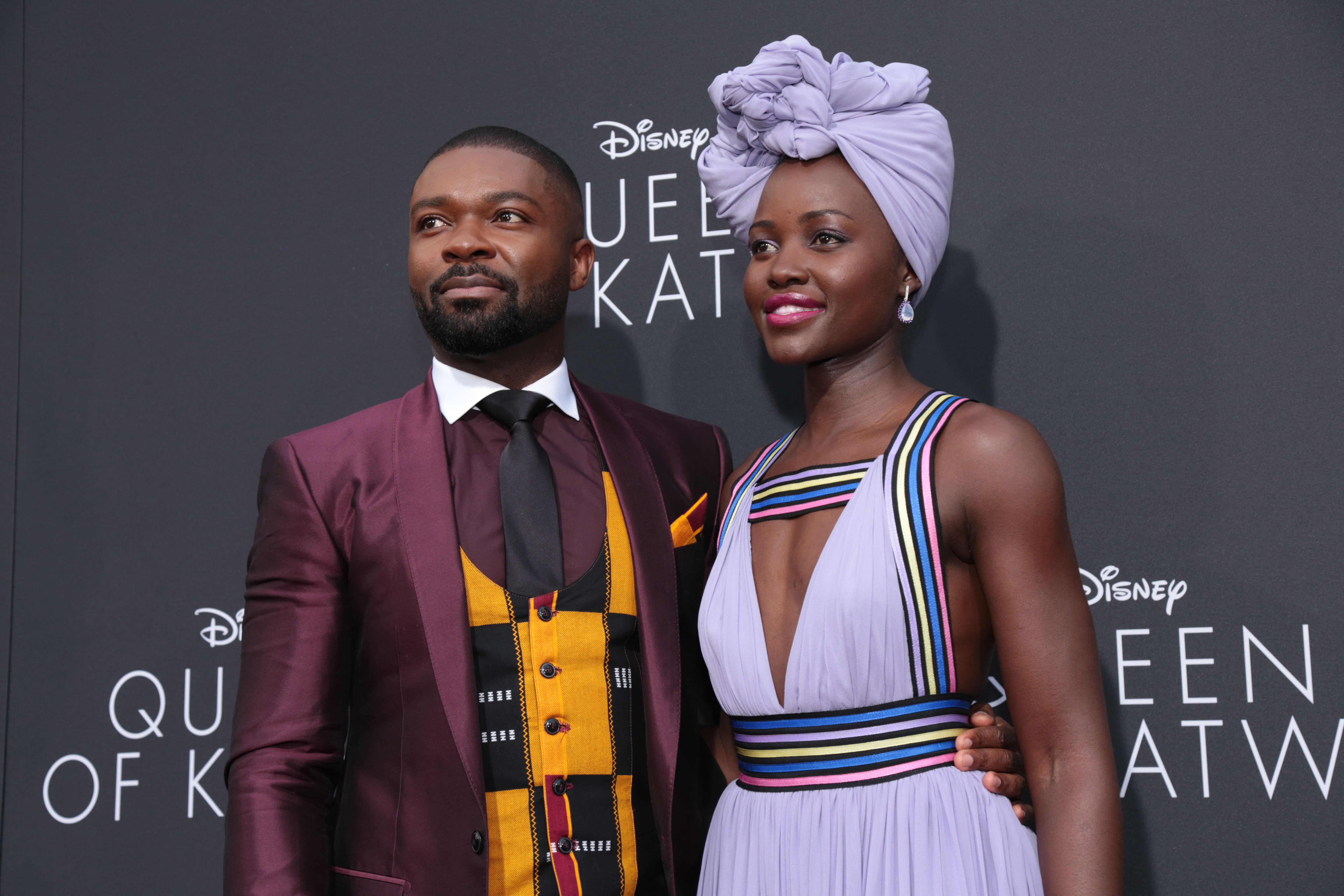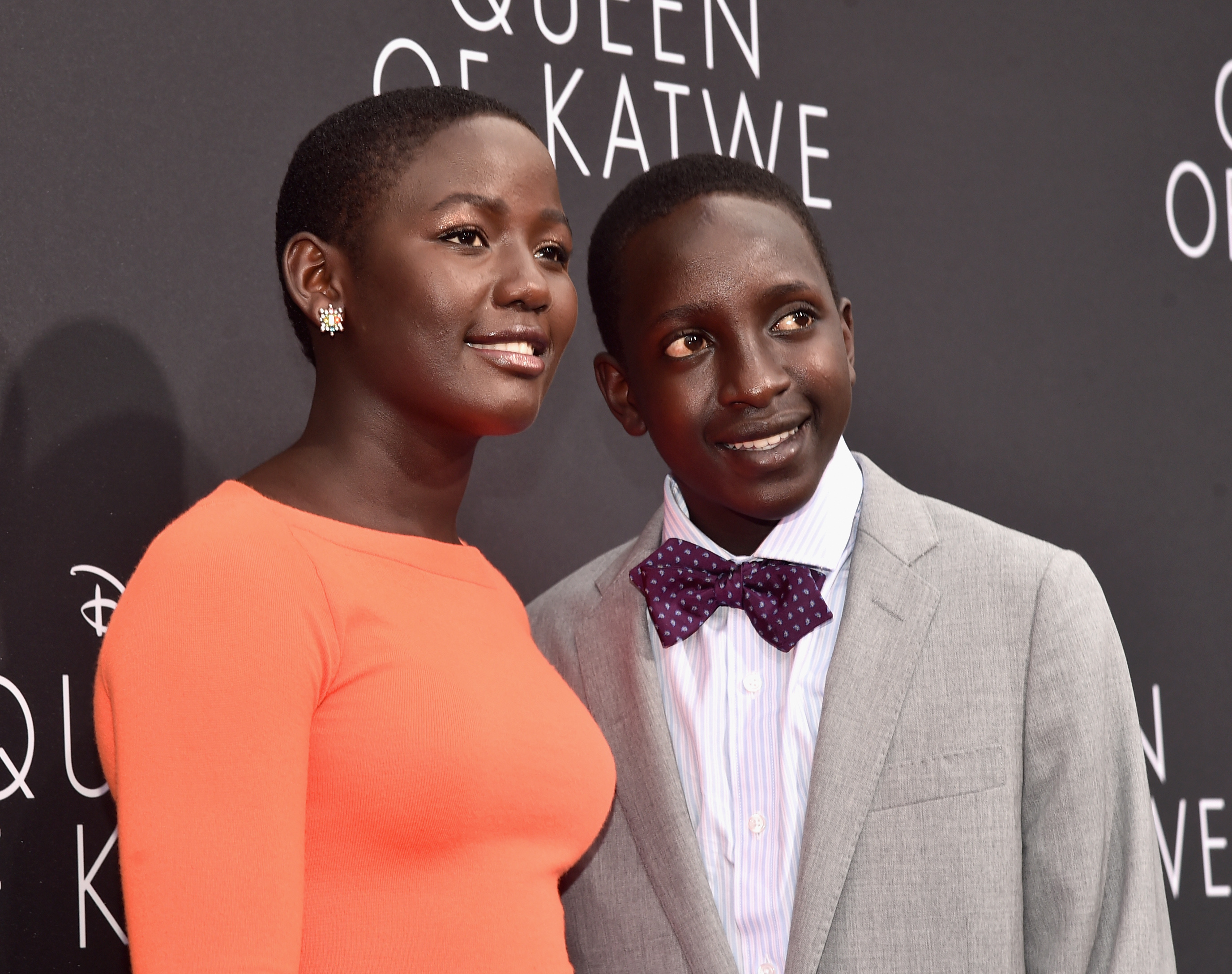Exploring the Islands and Legend of Moana
By Erin
*I attended an early press day as a guest of Disney for purposes of this post. All thoughts and opinions remain my own.*
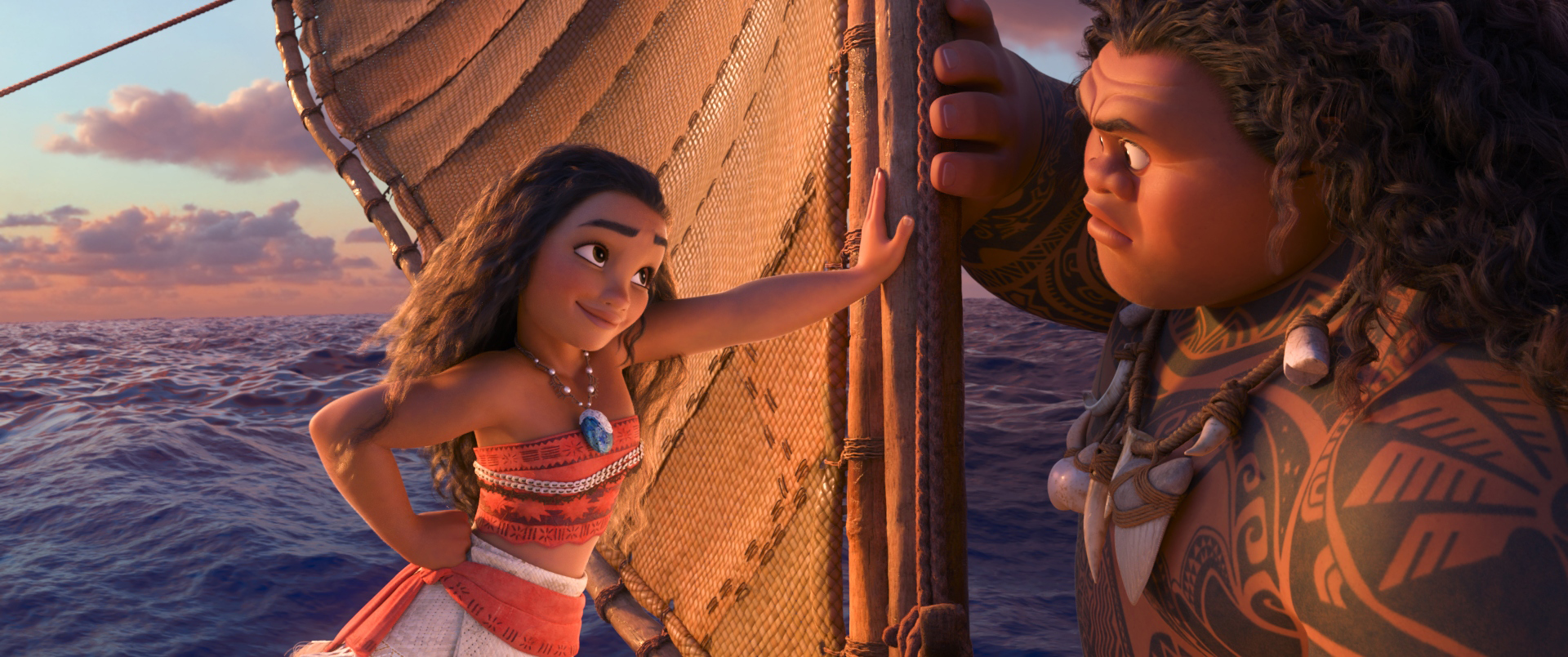
Tenacious teenager Moana (voice of Auliʻi Cravalho) recruits a demigod named Maui (voice of Dwayne Johnson) to help her become a master wayfinder and sail out on a daring mission to save her people. ©2016 Disney
Not too long ago, I introduced you to the Characters of Moana. We had learned all about the creative process of creating the characters for Moana. We met the members of the team who brought Disney’s adventurous heroine to life, from the initial sketches to costume design to animation – and how a lot of research helped to bring Moana to life and inspired the artists. Moana is set to be the 56th film from the Walt Disney Animation Studios and will set audiences on a magical voyage across the tropical pacific. Inspired by the deep-rooted sense of community in the South Pacific, Moana will prove to be one of the best Walt Disney Animation Studio films to date. Now I want to share with you a bit about the intense research that was done to create this magical film and the history behind it.
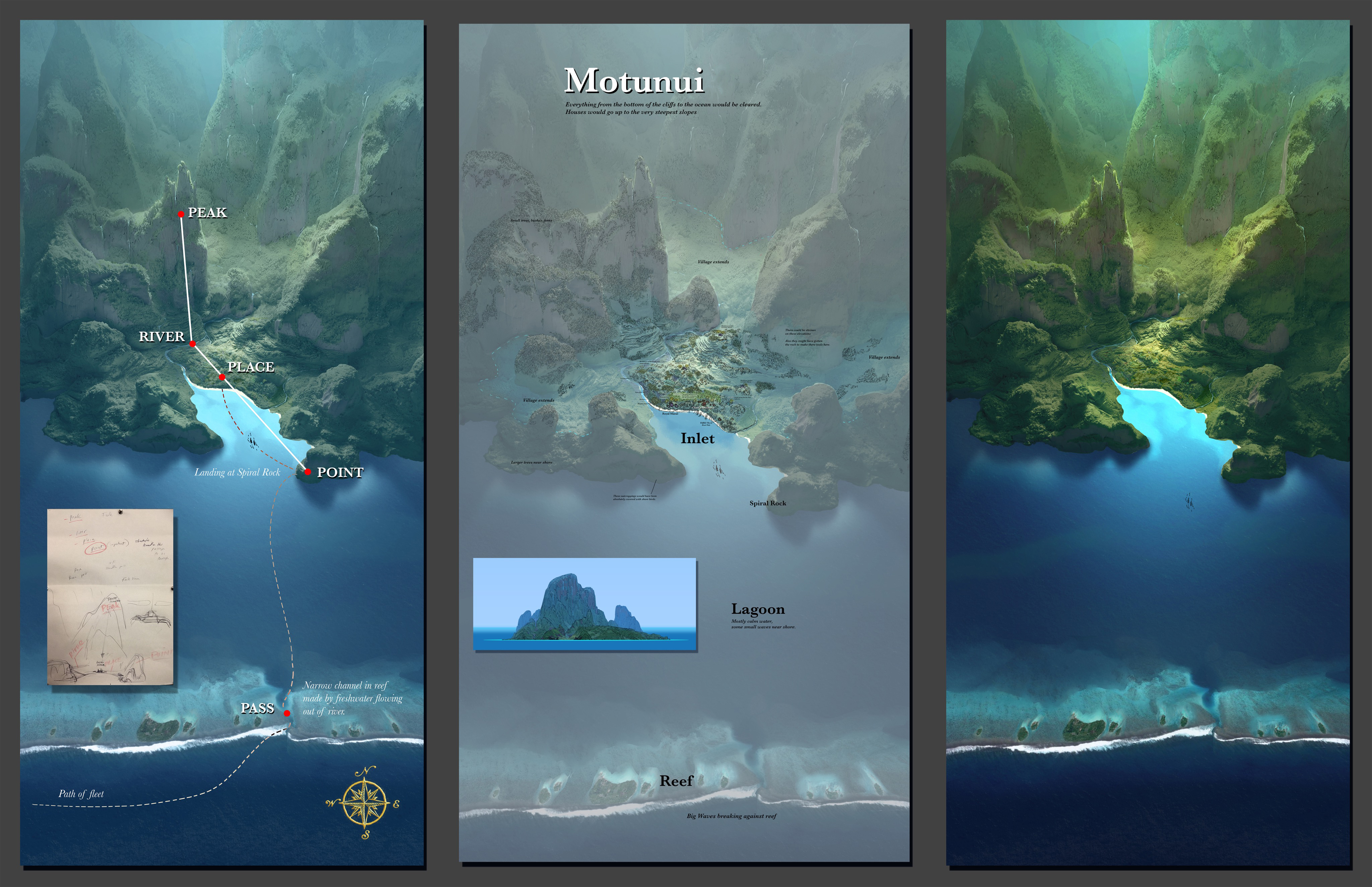
Visual development for the island of Motunui, and the layout of the village. Artist: Andy Harkness, MOANA Art Director, Environments and Color.
Oral histories of the people and cultures of Oceania was a huge inspiration for the story. Filmmakers traveled to learn as much as possible. For centuries, the greatest navigators in the world masterfully navigated the vast Pacific, discovering the many islands of Oceania. But then, around 3,000 years ago, their voyages stopped for a millennium – and though there are theories, no one knows exactly why. “Navigation— wayfinding—is such a big part of Pacific culture,” says Musker. “Ancient Polynesians found their way across the seas, wayfinding island-to-island without the use of modern instruments, using their knowledge of nature, the stars, the waves and the currents.” The Pacific Ocean is home to thousands of islands and island nations, known to generations as Polynesia, Micronesia and Melanesia. Many Pacific Islanders consider the entire region not in sections, but as the whole of Oceania. The islands themselves may range in size, but inhabitants of these islands consider the ocean between them very much a part of their world. A world many times bigger than the United States. Filmmakers were deeply inspired by the people who live there, the cultures they celebrate, and the history and traditions passed down from generation to generation.
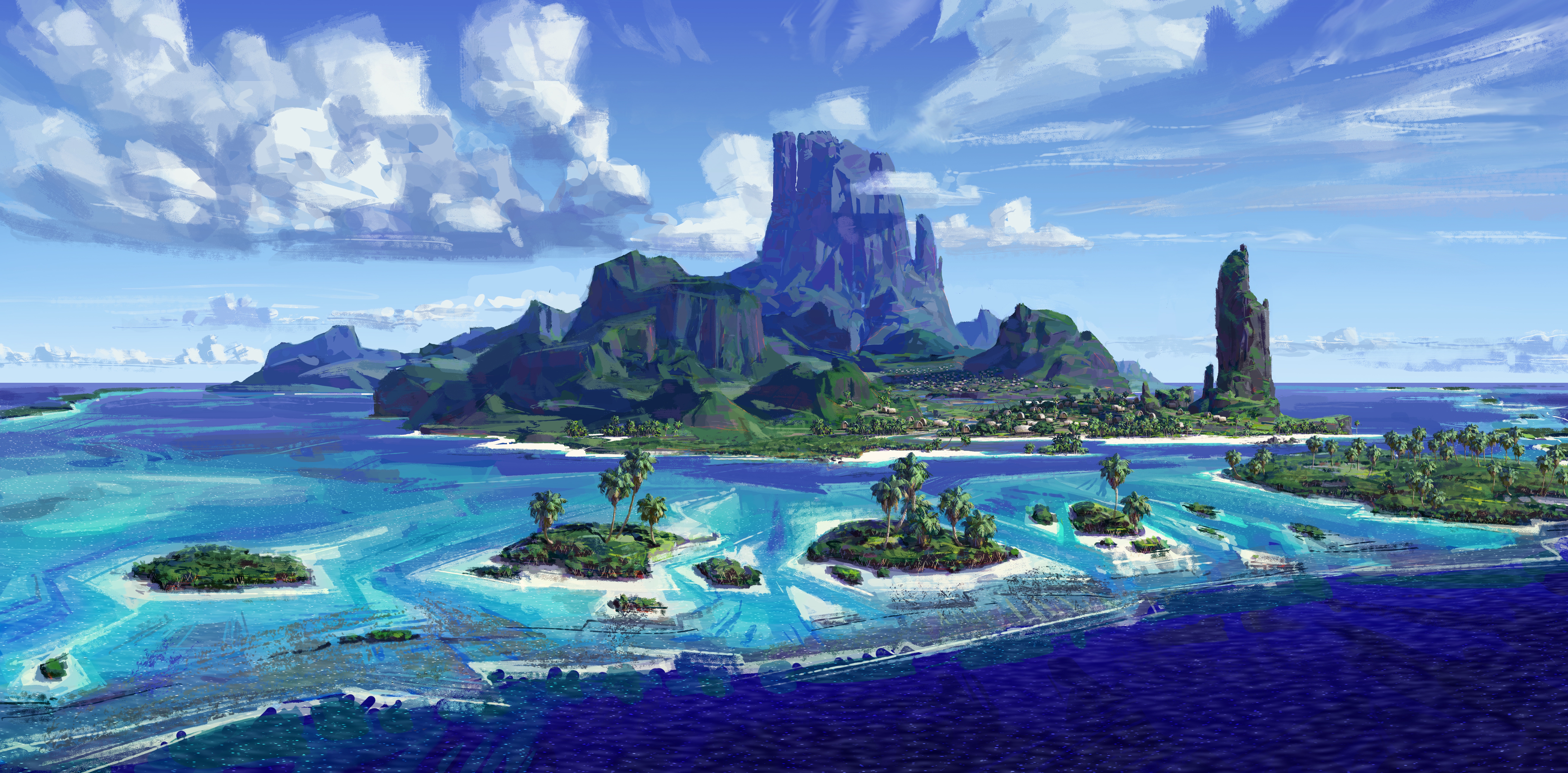
Visual development for the island of Motunui. Artist: Ian Gooding, MOANA Production Designer.
“We came away from these trips not only with ideas, images and inspirations for our story, but with an even stronger resolve that we wanted to make something that the people we met would enjoy,” says Musker. “We aren’t making a documentary, of course, it’s an animated feature. But our experiences infused our imaginations in a way we hadn’t anticipated.” Clements, Musker and several members of the production team ventured first to Fiji, Samoa and Tahiti, and later to New Zealand. “We wanted to, as much as possible, avoid the ‘touristy’ things, to go deeper,” says Clements. “We wanted to meet people who grew up on islands; we wanted to listen and learn what makes these Pacific Island cultures so remarkable.” The filmmakers were invited to take to the seas, coming as close as possible to voyaging like the early explorers who inspired them. “We sailed with a Fijian navigator aboard a camakau, which is a traditional Fijian sailing vessel,” says Musker.

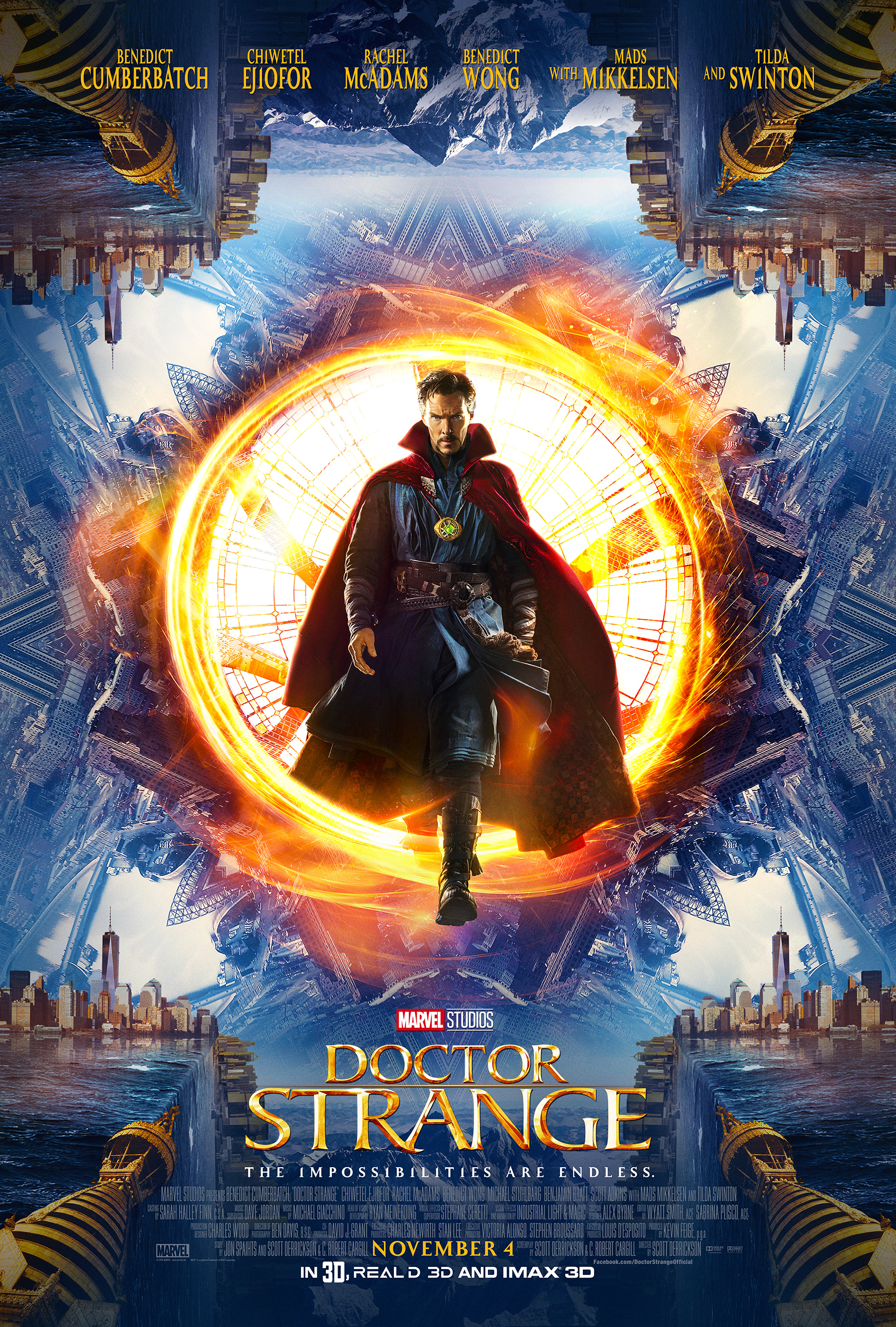
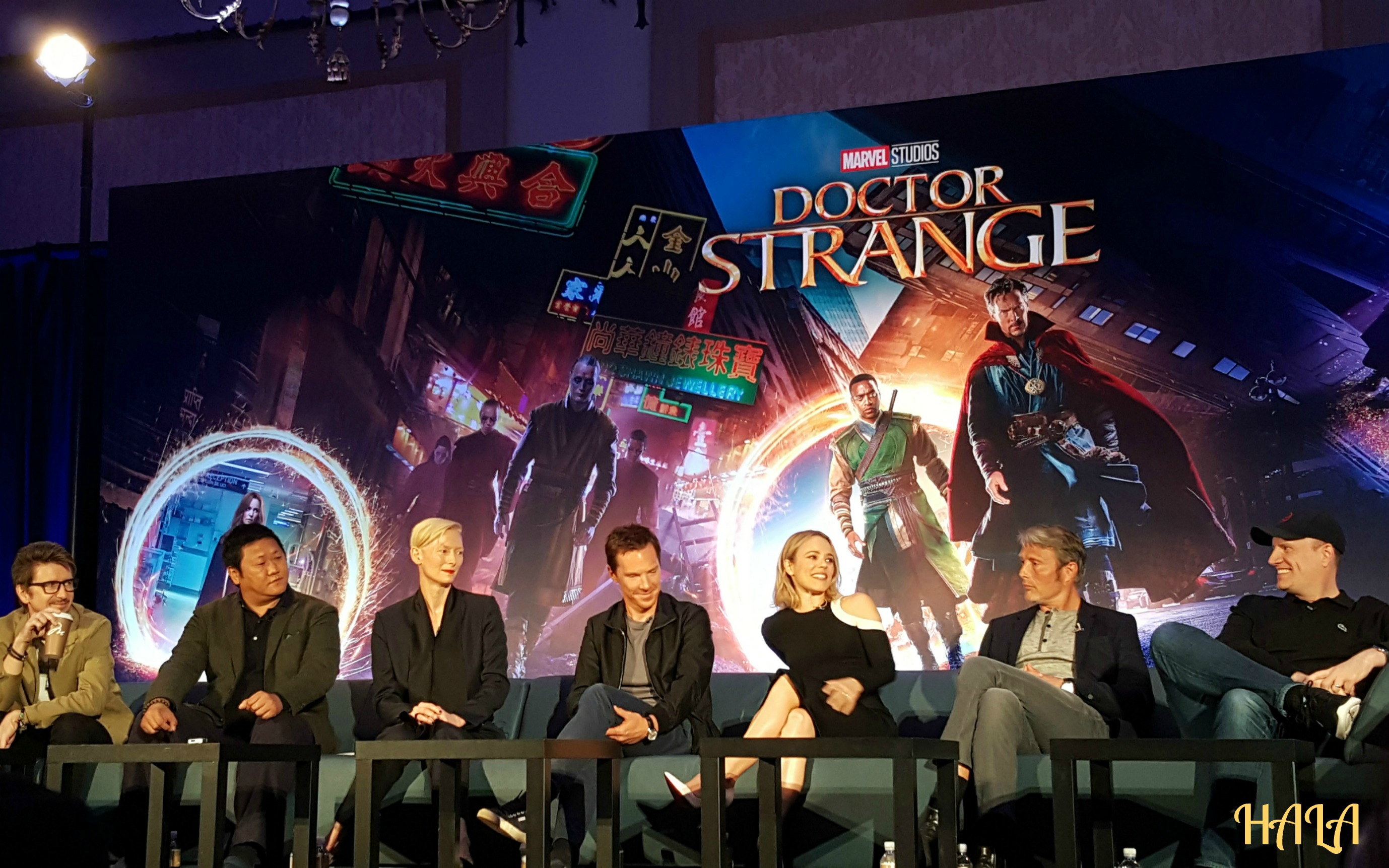

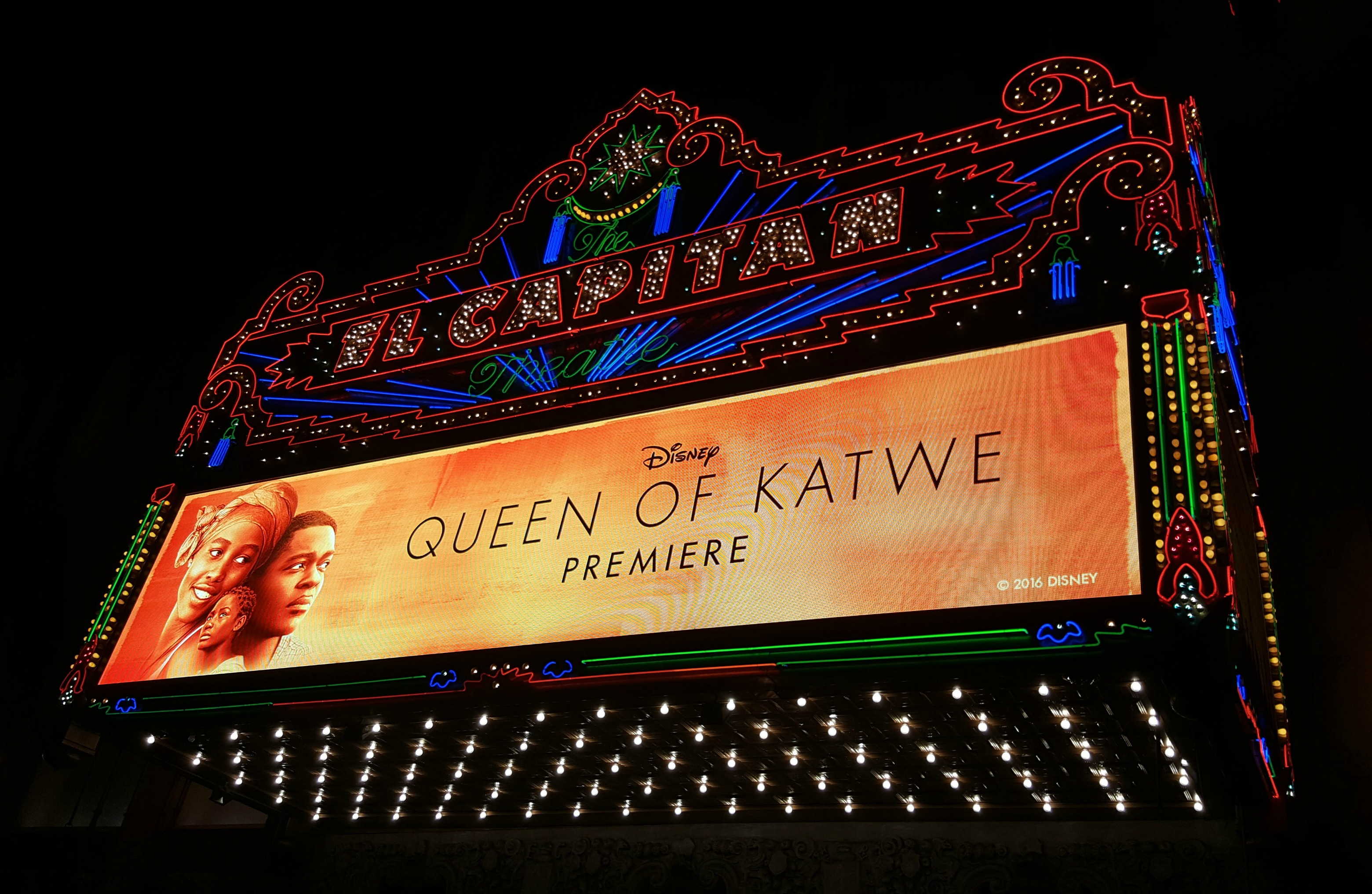

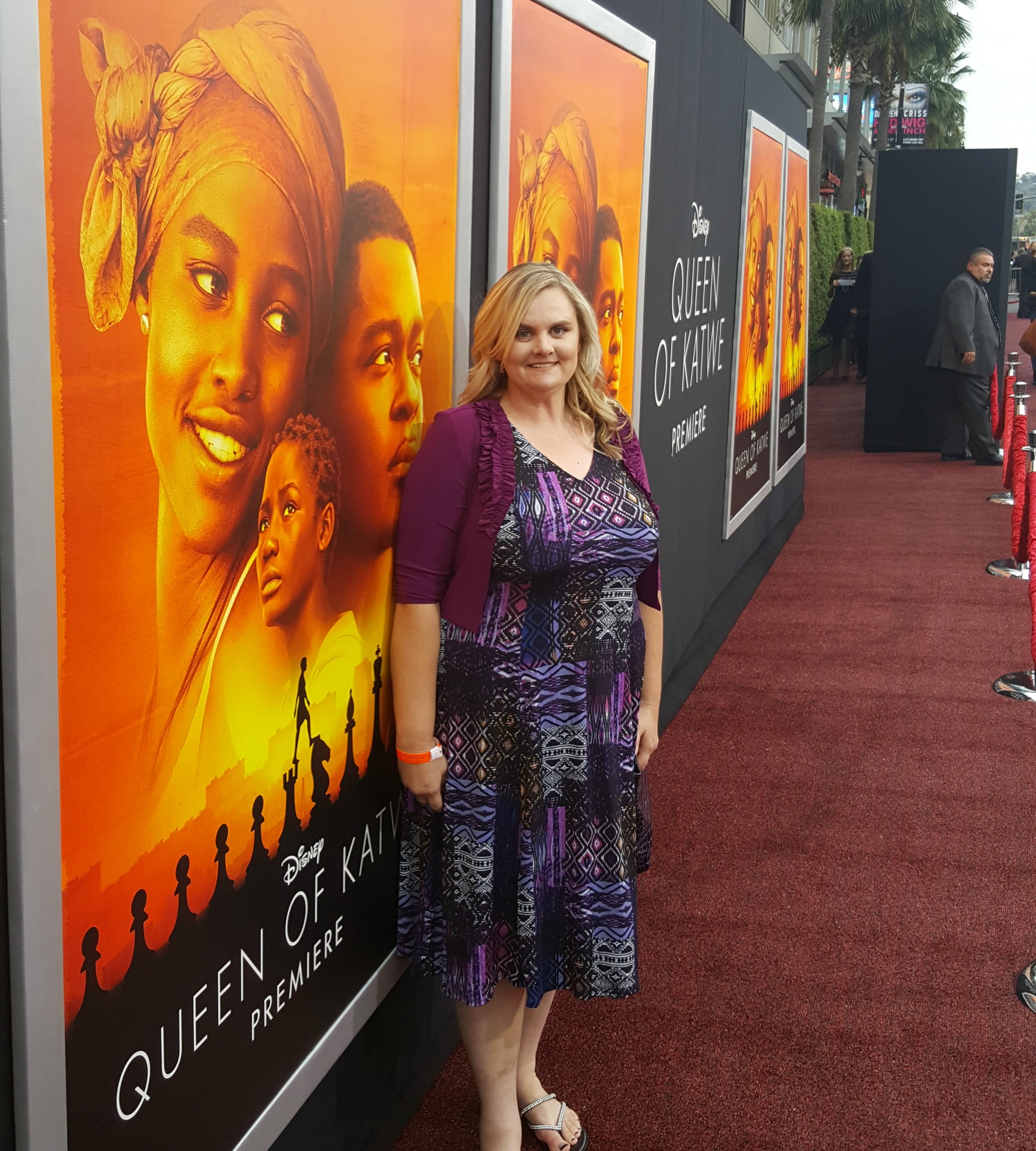 ME! On the red carpet. So exciting… even with a sprained ankle (even though it’s kind of cut off you can still tell my right ankle is way bigger than my left! And still a bit bruised up… but a huge improvement from what it was 3 weeks before this when I first sprained it. Watch out for curbs, they’re evil… :/
ME! On the red carpet. So exciting… even with a sprained ankle (even though it’s kind of cut off you can still tell my right ankle is way bigger than my left! And still a bit bruised up… but a huge improvement from what it was 3 weeks before this when I first sprained it. Watch out for curbs, they’re evil… :/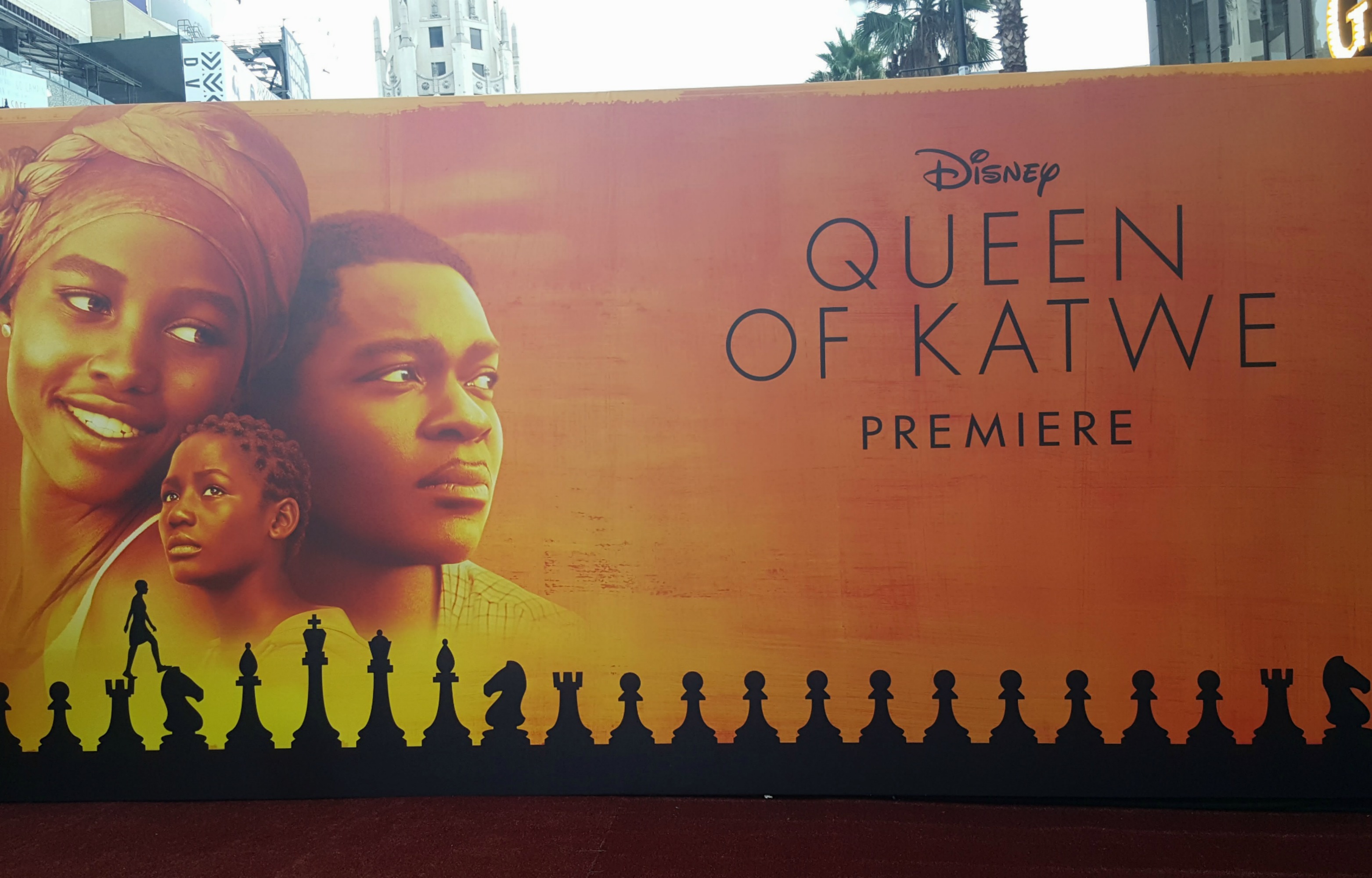 Waiting for the cast to arrive for red carpet photos.
Waiting for the cast to arrive for red carpet photos.